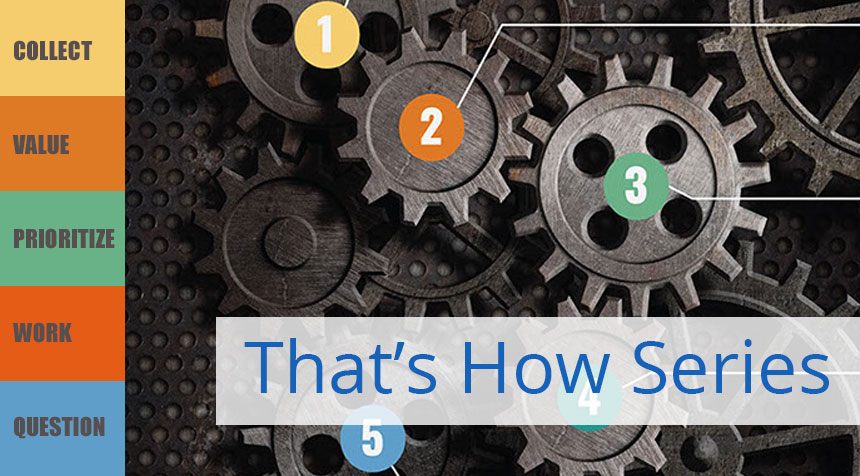08
Jun 2017
How Do You Bracket a Sales Cycle?
No. 2 in the “That’s How” Series
ASPEC’s patented computational selling technology does some things that no other CRM or sales automation system can do. Automatic valuation of every sales opportunity based on its contribution to your success and not its dollar value; automatic assessment and categorization of their priority for efficient and effective action; automatic adjustment to changes in the sales cycle without manual input; computer analysis of each opportunity and where you stand and what you need; and many more activities requiring manual intervention and subjective guesswork in every other CRM system.
In this post, we’ll answer your question, “How can ASPEC do these things and more, automatically, saving me time, keeping me focused on the most important opportunities in my portfolio, and winning more sales?”
The answer? The same way your computer can be a flight simulator, or a financial advisor, or an engineering design tool. You teach it the fundamental processes and factors affecting the task at and then let it act on whatever input you give. We call it computational selling, and the task is to effectively, efficiently, and successfully manage the sales cycle to achieve a win.
What is a Sales Cycle?
A sales cycle is where you manage any sales opportunity in response to a customer’s buying cycle. At the highest level, this is a predictable process governed by the buyer’s requirements: identification of a need, discovery of possible solutions, and selection the one best suited to their business success.
Your sales cycle is a reaction to the buyer, and it includes start and end dates, selling skills, buying cycle factors, the sales environment and your place in it, information you need, relationships you rely on, and the identification and mastery of obstacles. These are the elements that the computer can watch, analyze, and react accordingly.
The most significant element of the sales cycle is time – how much has gone by, how much is left, and what skills are appropriate to that situation right now – so let’s look at that first.
When was the opportunity identified?
Every sales cycle is a reaction to a buying cycle, whether already working or started when you got the customer interested. The buyer creates and controls and ends the cycle, and your selling must fit within those restrictions. Your discovery of a buying cycle is the start date of your sales cycle, and it should be a very simple number – they told me today they are looking for something I sell. In that instance, it is very clear. The customer is in a buying cycle and you must have a corresponding sales cycle. Simple, right?
Not so fast. What if you call a customer and they say “show me.” They want a demo, but that does not guarantee a buying cycle exists. It only shows they are open to new ways to do their business, maybe just clicking on some ad that has them curious. If you open a sales cycle every time a “tourist” wants to see a demo of your product, you could be in for a very crowded pipeline and a lot of cancelled opportunities.
The start of a sales cycle is totally dependent on the customer’s intent, and there are levels of intent that you should recognize. A customer who is replacing an obsolete or broken machine in his assembly line clearly has strong intent. Someone in a modest position at their company who is intrigued by your cute ad just wants to see it before taking it to management has a very vague intent. And there is a whole world in between.
You have to be the judge, so estimate their intent and categorize it as a lead or an opportunity, and enter the date you discovered it. Your anchor is then set.
When will this opportunity end?
It’s important to predict when the customer will award or cancel or otherwise terminate their buying cycle. Your sales cycle is reactive to the buyer’s schedule, so it ends when theirs does. This is sometimes difficult to estimate, and it is always subject to change as you learn more about the customer’s needs and plans, or as they change their buying cycle schedule.
Where you can, simply give it your best guess. You can (and should) change this date as the sales cycle progresses. If you have an “average” sales cycle for your product or service, use that to start with. But put your best estimate in and then continually update it so ASPEC can adjust and give you accurate and actionable feedback.
The important thing here is that sales cycles change, and you have to change with them. And to make that change effectively, you must know where you were before the change, and where you ended up after. Otherwise, how are you going to get where you’re going?
